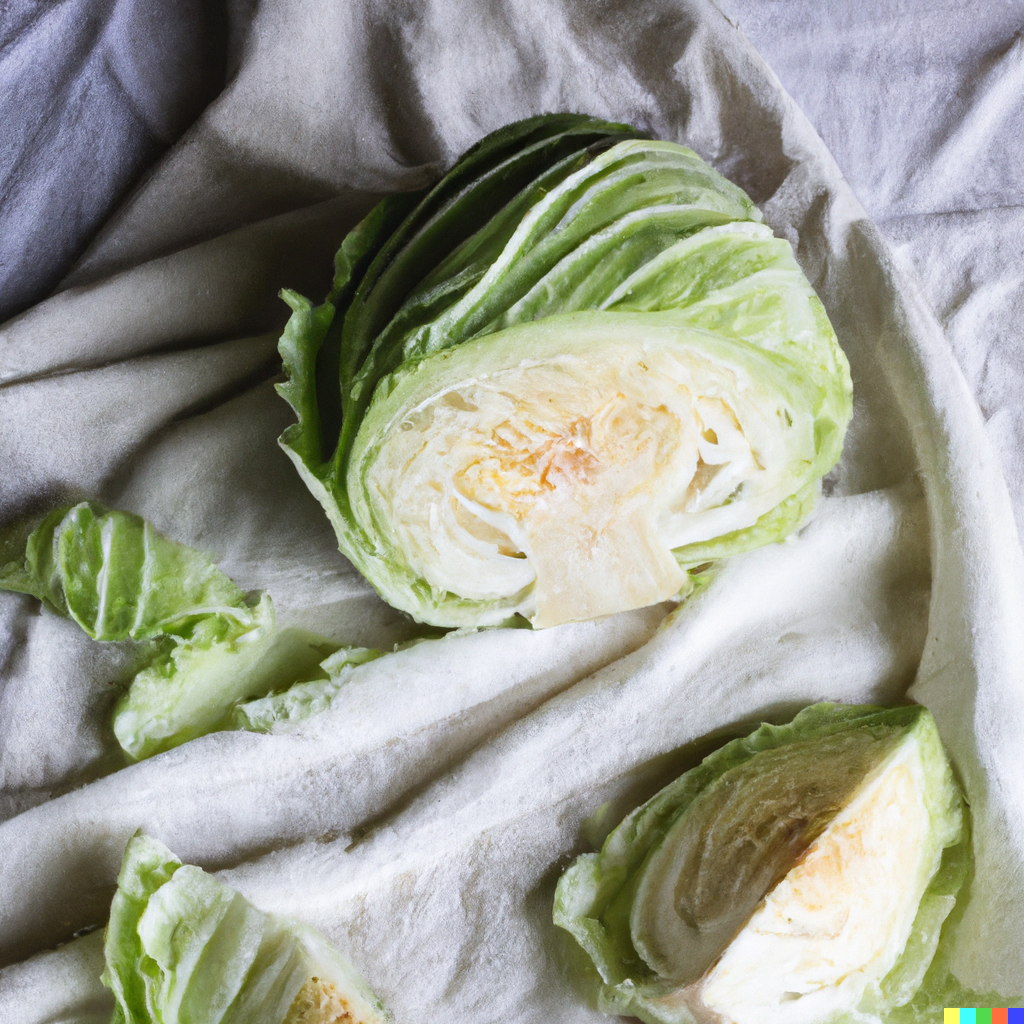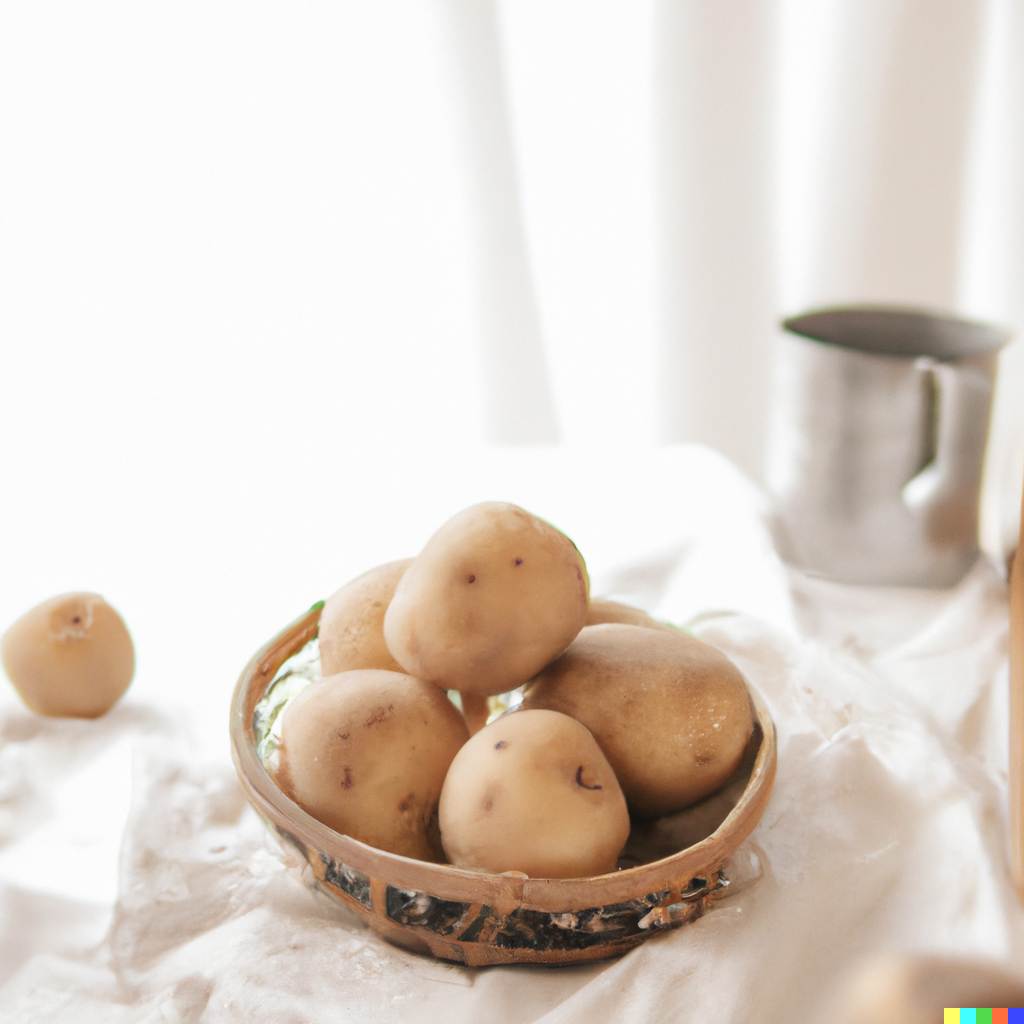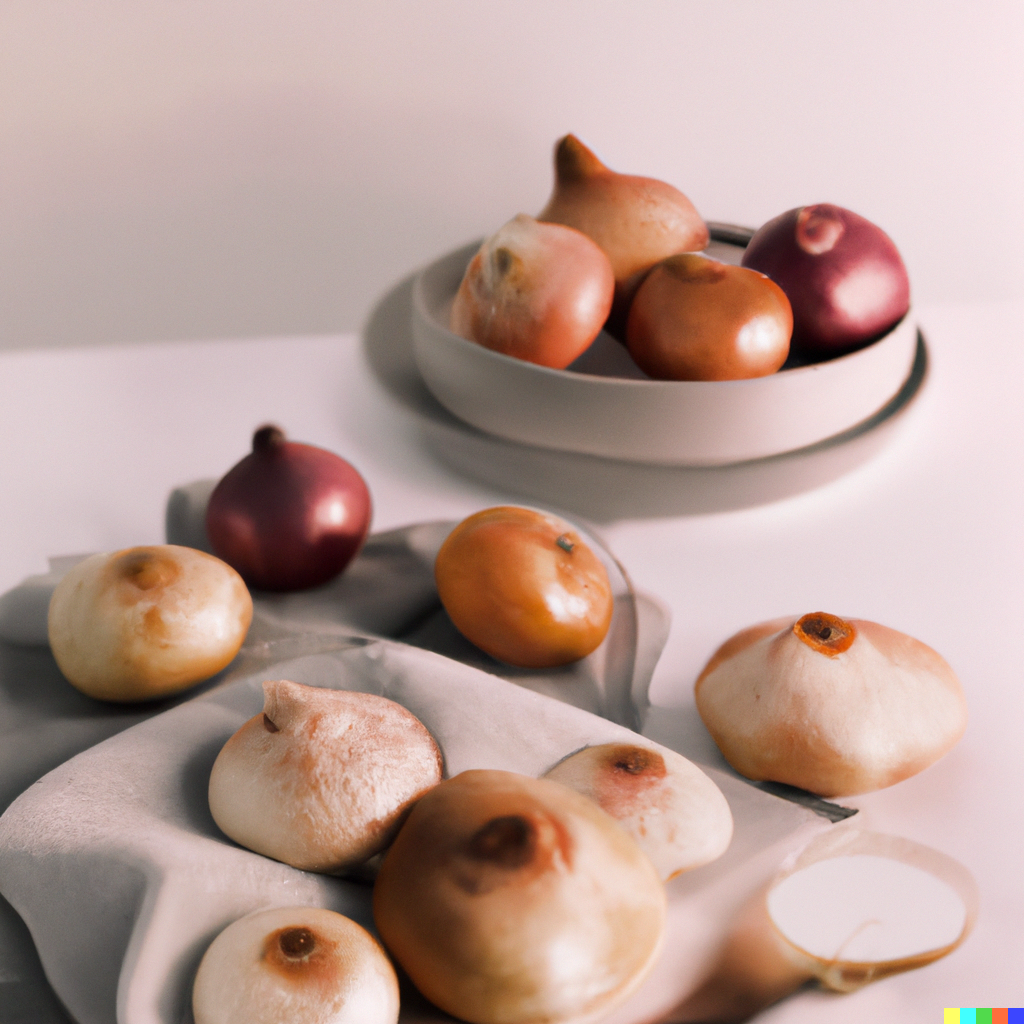Welcome to our January vegetable guide! As the winter months set in, it can be challenging to find fresh and flavorful produce at the grocery store. However, there are still plenty of delicious vegetables that are in season during this time of year.
In this blog post, we will highlight 16 of the best vegetables to look for in January, including hearty root vegetables, leafy greens, and cruciferous options. Not only are these vegetables in peak season, but they also offer a variety of health benefits and can be used in a wide range of recipes. Whether you’re a seasoned home cook or just starting to explore the world of seasonal eating, this guide is sure to inspire your next meal.

- Brussels sprouts: These small, round green vegetables are typically in season in the fall and winter months. They have a nutty, slightly bitter flavor and are a good source of vitamin C and fiber.
This Brussel Sprout Pizza Bites with Caramelized Onions and Goat Cheese recipe is perfect to make in January!
- Cabbage: This leafy green vegetable is a staple in many cuisines and is available throughout the year but it’s considered in its peak season during winter. It’s low in calories and high in fiber and vitamin C.
Add some shredded cabbage to this Vegetable Fried Rice recipe for a dish that’s extra nourishing and filling. Shredded cabbage is also the perfect topping for this Chicken Pozole Verde recipe!
- Carrots: Carrots are a root vegetable that are available year-round but are considered in their peak season during the fall and winter. They are a good source of vitamin A, potassium and fiber.
Consider adding some carrots to these delicious recipes on the blog:
- Stir fry some chopped carrots in this Vegetable Fried Rice recipe
- Pickle sliced carrots in this Jalapeños y Zanahorias en Escabeche recipe
- Make a Salsa Escabeche with the Spicy Pickled Jalapeños & Carrots
- Celeriac: Also known as celery root, this gnarled and knotty vegetable has a mild, celery-like flavor and is typically in season during the fall and winter. It’s a good source of vitamin C and potassium.
- Kale: Kale is a leafy green that is typically in season in the fall and winter months. It’s a good source of vitamin K, vitamin A, and vitamin C.
- Leeks: Leeks are a member of the onion family and are typically in season during the fall and winter. They have a mild, sweet flavor and are a good source of vitamin K, vitamin C, and iron.
- Onions: Onions are a staple in many cuisines and are available throughout the year, but they’re considered in their peak season during the fall and winter. They are a good source of vitamin C, vitamin B6, and potassium.

Here are a few tasty recipes on the blog that are perfect for using up your onions!
- Homemade Pickled Red Onions (Cebolla Curtida)
- Pollo Encebollado (Chicken Smothered in Onion Gravy)
- Brussel Sprout Pizza Bites with Caramelized Onions and Goat Cheese
- Parsnips: Parsnips are a root vegetable that is typically in season during the fall and winter. They have a sweet, nutty flavor and are a good source of vitamin C, fiber, and potassium.
- Potatoes: Potatoes are a staple in many cuisines and are available year-round, but they’re considered in their peak season during the fall and winter. They are a good source of potassium and vitamin C.
Here are some great recipes to make with potatoes:
- Radicchio: Radicchio is a type of chicory that has a bitter, tangy flavor and is typically in season during the fall and winter. It’s a good source of vitamin K, vitamin A, and vitamin C.
- Radishes: Radishes are typically in season during the spring and fall. They have a crisp, spicy flavor and are a good source of vitamin C and fiber.
I love using sliced radishes as a topping for my Chicken Pozole Verde recipe!
- Rutabaga: Rutabaga is a root vegetable that is typically in season during the fall and winter. It has a slightly sweet and earthy flavor and is a good source of vitamin C and potassium.
- Shallots: Shallots are a type of onion that are typically in season during the fall and winter. They have a mild, sweet flavor and are a good source of vitamin C, vitamin B6, and potassium.
- Spinach: Spinach is a leafy green that is typically in season during the fall and winter months. It’s a good source of iron, vitamin K, and vitamin A.
Here are 3 recipes on the blog that use spinach!
- Turnips: Turnips are a root vegetable that are typically in season during the fall and winter. They have a slightly sweet and earthy flavor and are a good source of vitamin C, potassium, and fiber. They can be eaten cooked or raw, and are often used in soups, stews, and roasted dishes.
- Winter Squash: Winter Squash is typically in season during the fall and winter. They come in a variety of shapes and sizes, such as acorn, butternut, and spaghetti squash. They have a sweet, nutty flavor and are a good source of vitamin A, vitamin C, and fiber. They are often used roasted, in soups, and as a side dish. They can also be pureed and used as a substitute for pumpkin in pies and other baked goods.
It’s worth noting that availability of vegetables can vary depending on the region, climate and method of farming. Also, this list might not be exhaustive, depending on the specific region, other vegetables might also be in season in January.

In conclusion, January is a great time to explore the world of seasonal vegetables. From hearty root vegetables like potatoes and turnips to leafy greens like kale and collard greens, there are plenty of delicious options available. Not only are these vegetables in peak season, but they also offer a variety of health benefits and can be used in a wide range of recipes. So next time you’re at the grocery store or farmer’s market, be sure to check out these 16 vegetables and see how you can incorporate them into your cooking. Eating seasonally not only supports local farmers but also helps to reduce the environmental impact of food transportation. By using these seasonal vegetables, you can enjoy fresh, flavorful, and nutritious meals all year round.


